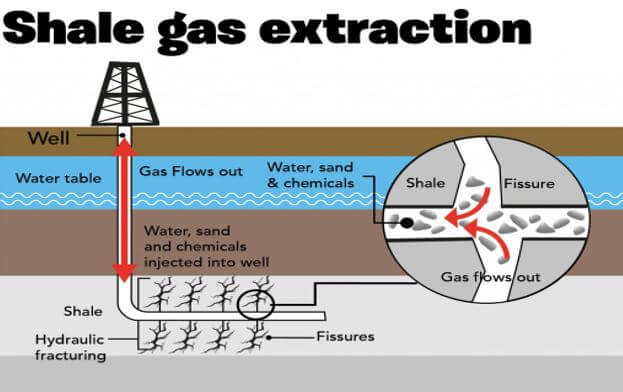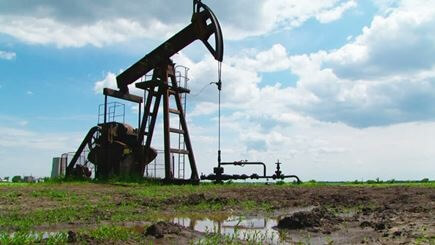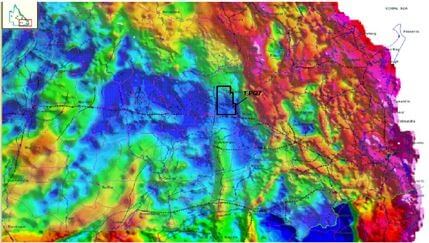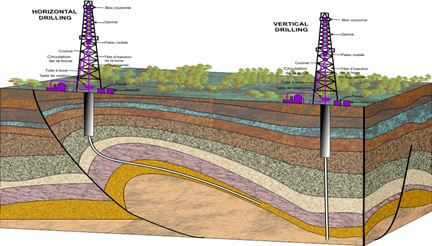UNCONVENTIONAL RESERVOIRS PETROPHYSICAL MODELING
ABOUT THE COURSE
This course provides a technical overview of the petrophysical studies, formation evaluation, completion and developmental aspects of unconventional reservoirs, and scoping the light especially on (Gas Shale). Especial emphasis on what is unique compared to conventional oil and gas. The course also reviews the status and characteristics of various plays and the factors that control reserves and productivity. Participants will gain practical insights on the techniques and technology applied in evaluating and developing the unconventional reservoirs.
WHO SHOULD ATTEND?
- ✔ Geologists
- ✔ Geophysicists
- ✔ Petrophysicists
- ✔ Exploration Managers
- ✔ Petroleum Engineers
COURSE DURATION: 5 DAYS
LEARNER OUTCOMES
- ✔ Determine shale reservoir parameters.
-
✔ Understand what makes a good shale reservoir in terms of
productivity. - ✔ Understand the variability in shale reservoirs.
- ✔ How to get an excellent idea to perform the petrophysical studies
of Gas Shale. - ✔ Determine the sweet spot evaluation.
- ✔ Perform petrophysical and formation evaluation for the
unconventional reservoirs (Gas Shale). - ✔ Can identify shale reservoirs from open-hole logs and determine
OGIP and OOIP. - ✔ Identify the issues in hydraulic fracturing of shale reservoirs.
- ✔ Gain knowledge of exploration techniques useful for screening
potential shale reservoirs.








